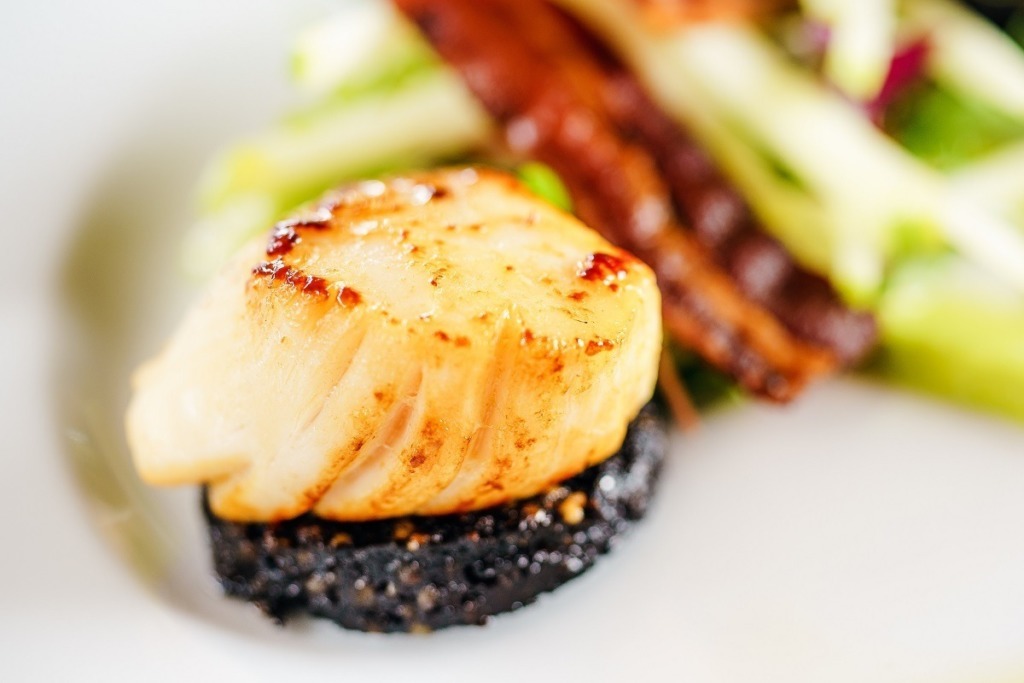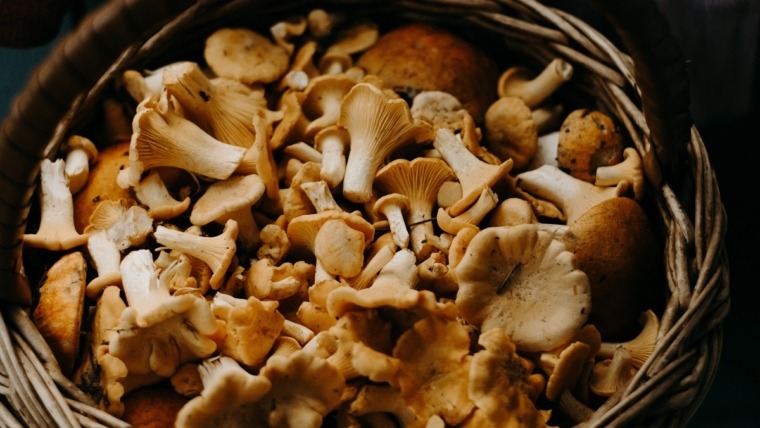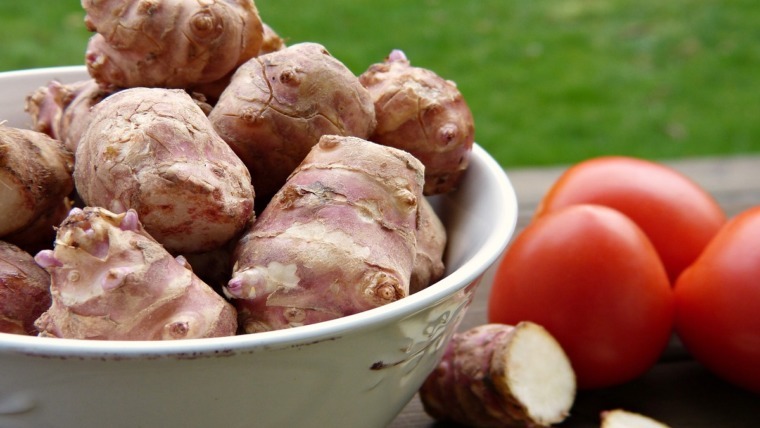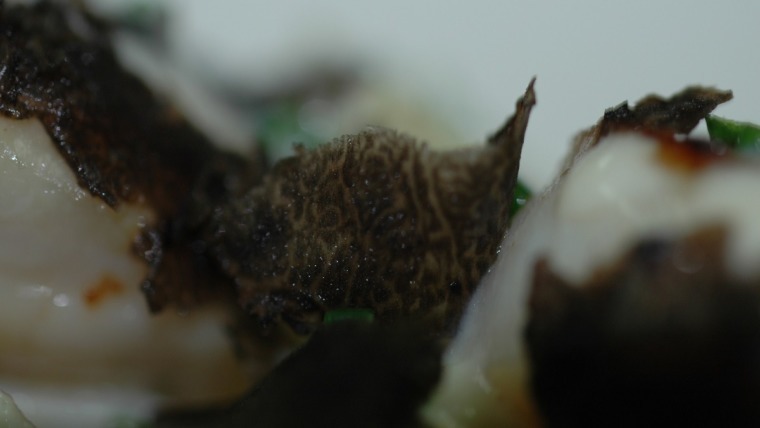
Written by Kevin Kapusi Starow
It might sound disturbing to those uninitiated, though to millions of people around the world this type of sausage is a staple in their diet, Blood Sausage. It is the ultimate in sustainability as it utilises a part of an animal that is otherwise wasted, the blood.
There are variation of this sausage through out the world from south and central Americas through Asia to the European continent. Though Pigs blood is predominantly used other animals such as chicken, cow, donkey, duck, goat, and sheep are also used, dependent upon the region and the available resources.
Though it is called blood sausage, this is not the only ingredient, it is only a part of the sausage. A filler, or fillers are used such as rice, oats, barley, cornmeal, onions, bread, chestnuts, suet and fat. Again this is all dependent upon the region and the available resources.
History
Blood sausage has been in existence for thousands of years, when and where is was first invented is up for much debate. Honestly though how you could ever determine these facts would be bordering on the impossible, given the prevalence of the dish throughout the world and the ages.
It is a dish borne out of necessity, people need to eat, and when resources are tight you need to utilise everything available to you. So, why waste blood when you can make something out of it. Then hey presto, before you know it someone has invented a cost-effective meal that utilised an ingredient till then, discarded, animal blood.
For Cooking
Lets take a look at the variants of blood sausage found around the world in this section, as I think it is interesting.
Europe
Throughout central and eastern Europe in Hungary, Slovenia, Poland, Bulgaria is usually made with pigs blood, and filled with bread, barley, corn, animal intestines and sometimes herbs. Each country has its own slight variation, and of course name for the sausage. Though it is traditionally eaten during winter, as a hot dish with sides of potato, and picked cabbage.
In Denmark they have a sweet variant of blood sausage which is eaten either cold or hot and served together with syrup, cinnamon and stewed apples.
In Finland they make a blood pancake with a recipe similar to the black pudding found in the UK. They use pigs blood, rye flour or oatmeal minced onions together with herbs and spices to make a batter. Then it is fried off in the pan similar to flapjacks, and eaten as part f a meal.
In Sweden it is known as a blood pudding with a batter being prepared then poured into a mould and baked in a water bath. The exact ingredients vary from region to region, though they include pigs’ blood, milk, rye or barley flour, diced lard, beer, treacle, onion, spices and herbs. Once cooked it is cooled, unmoulded, then fried prior to service.
In England and Ireland, it is known as Black pudding and is a breakfast staple for a good breakfast fry up. Though instead of onions they traditionally use a high percentage of oatmeal, making the sausage more stodgy. Though here there is the black, white and red pudding varieties. Another way they enjoy this staple is to have it battered and fried up with their fish n chips.
Asia
In Tibet a sausage is made using either the sheep or Yak’s blood, being mixed together with rice or roasted barley flour. In Chinese cuisine coagulated pigs’ blood is either fried or steamed as a snack, or accompaniment to a dish. In Korea pigs’ blood is used more as a dessert than for savory options, being served as a Korean sundae wrapped in pigs’ intestines and served with sweet potato noodle.
Americas
In the Caribbean black pudding or blood pudding is made with pigs’ blood, sweet potatoes, onions, and spices, then filled into animal intestines. Served traditionally on special occasions accompanied by pickled pigs’ trotters.
In Puerto Rico the sausage is made with pigs’ blood, cilantro, garlic, paprika, and chilis, and is popular during the Christmas period.
In Mexico the sausage is made with pig’s blood and deep-fried served in a taco with pickled onions, cilantro, spices, and fresh Habanero chilis.
Blood sausage is popular throughout South America from Colombia through Brazil to Argentina, known as morcilla, chourico, or morcela. In Chile they have a blood sausage called “prieta”. It generally has a tough skin and can include ingredients, other than the pigs blood, that include. Cabbage, onions, peppers, watercress, rice, dried fruits, nuts and meat, as well as fat.
Conclusion
Blood sausage is a tradition throughout the world, it has been a big part in my life coming from European ancestors. I can honestly admit that I have a liking for the blood sausage, though I can understand that there are many out there, not familiar with it who may be repulsed by the thought of consuming, let alone enjoying a blood sausage.
Whatever your personal views are, just remember life is to be experienced, we may not like everything we encounter but we should certainly enjoy the experience of being able to sample them.



